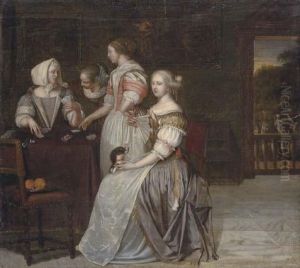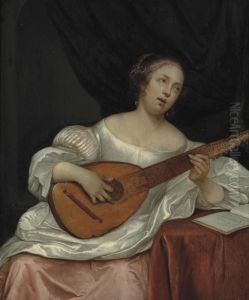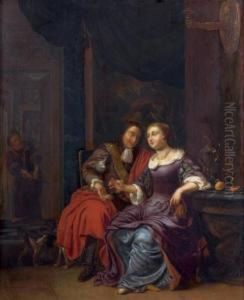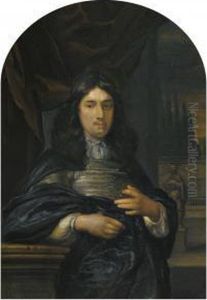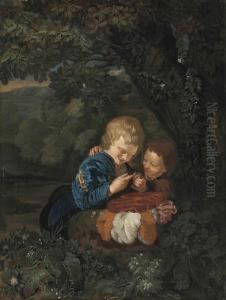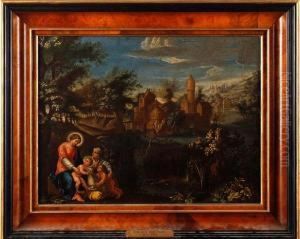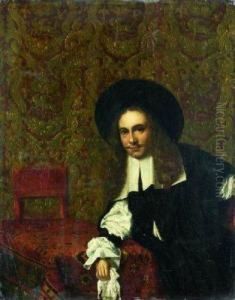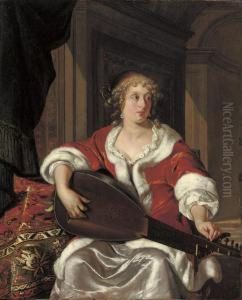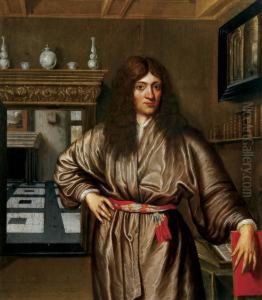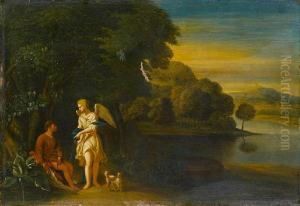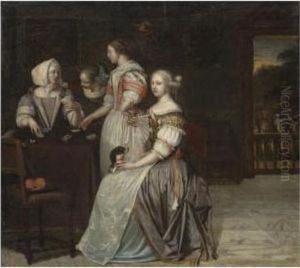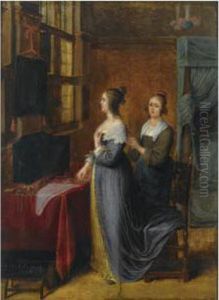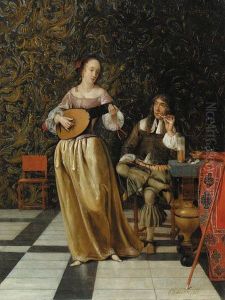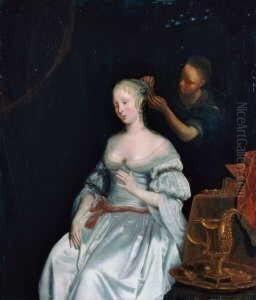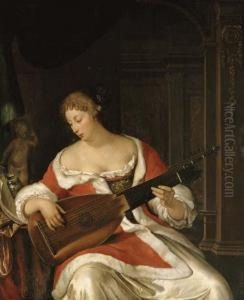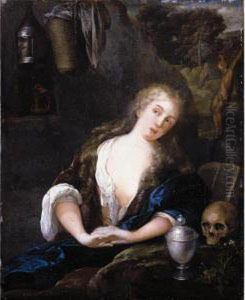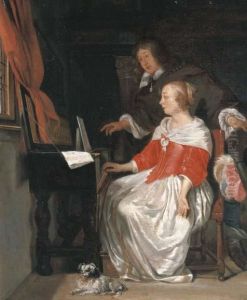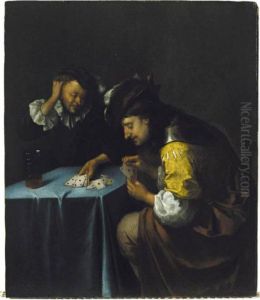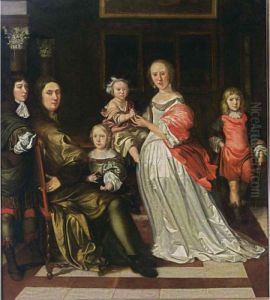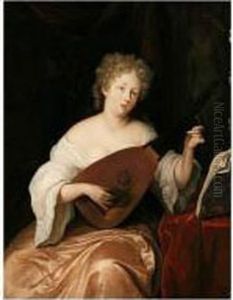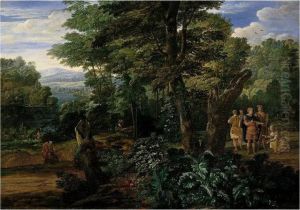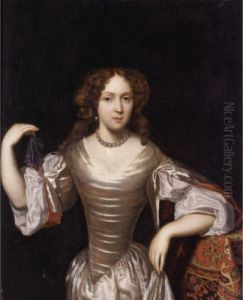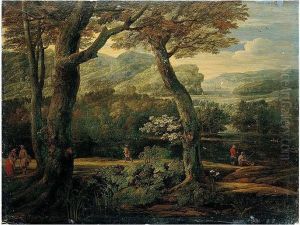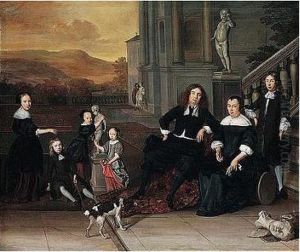Eglon Hendrick Van Der Neer Paintings
Eglon Hendrick van der Neer was a Dutch painter of historical subjects, portraits, still lifes, and elegant genre scenes. He was born in Amsterdam to Aert van der Neer, who was also a painter, known for his atmospheric landscapes. Eglon initially trained with his father and then moved to France around 1659, where he worked in Paris and likely absorbed the influence of French artists and the courtly tastes of the time. He returned to Rotterdam in the Netherlands by 1662 and later settled in The Hague by 1663.
Van der Neer's work is often characterized by its fine brushwork, elegant figures, and the use of bright colors. He had a particular talent for depicting textures, such as satins and velvets, which made his paintings highly sought after by the wealthy patrons of his time. His genre scenes often depicted well-to-do individuals in moments of leisure, reflecting the tastes and interests of the Dutch mercantile class.
In addition to genre scenes, van der Neer also painted portraits, sometimes collaborating with other artists like Adriaen van de Velde who would paint the landscapes or animals in the same works. Eglon was influenced by the Flemish Baroque style but also developed his own distinct approach.
Van der Neer's success allowed him to lead a prosperous life. He married Maria Wagensvelt, the daughter of a wealthy Rotterdam merchant, and they had several children. His son, Diederick van der Neer, also became a painter, although he did not achieve the same level of success as his father.
After a prolific career, Eglon Hendrick van der Neer died in 1703. Today, his works are held in numerous prestigious institutions around the world, including the Louvre in Paris and the Hermitage in St. Petersburg. His paintings continue to be admired for their elegance and technical mastery.
